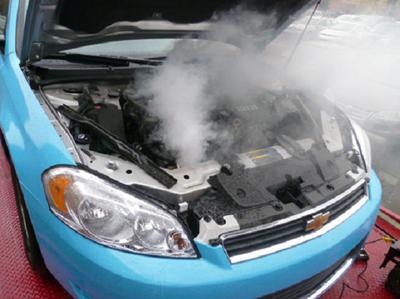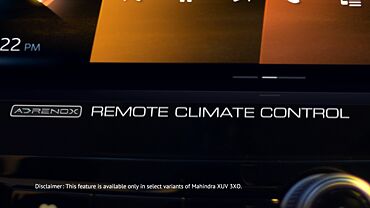When the temperature begins to rise outside, it is normal that the car's engine or vehicle's temperature too goes up. Modern automobiles are refined that you can hardly hear the engine noise, but the combustion cycle is continuously taking place under the bonnet, and destructive overheating remains distant possibility. That is why you need to check the vehicle's temperature gauge regularly while driving. Cars in India do have a tendency to see temporary jump in temperature, as the normal temperature in few regions are comparatively on higher sides. There are several things or car maintenance tips one can follow to make sure that the temporary jump in temperature of your car doesn't lead to resilient trouble. In order to keep your car safe during overheats, here are few easy car tips to follow:

1. During long distance run, always carry an extra bottle of coolant in your car, as well as a water bottle. In India, engines normally overheat due to the lack of coolant, so filling it up, mostly, solve the problem. Topping it up with water will also solve the problem, but temporarily.
2. If your car temperature gauge enters the red zone or shows a light glowing, switch off your air conditioner immediately. The air conditioner puts a lot of pressure on engine. Roll down the windows to cool off the engine.
3. If the problem continues, turn on your heater to full blast. This will transfer heat to you, and could make the next few minutes a pretty vicious experience, but the transfer of heat might just save the life of engine.
4. In case all the above car care tips fail, pull over and turn off the engine as soon as you can. But, don't take any risk of opening the bonnet by hands until the engine is cooled down. Normally, engines take around 30 minutes to cool down enough to operate the hood with hands. Asking a help of professional is advisable.
5. Check the coolant tank when the engine gets cooled down. It is basically a glassy plastic tank placed near the radiator. See through the coolant tank, whether it is filled or empty. Watch carefully under the car, if there is a drip or plash, there are high chances that coolant tank is leaking. If there is a leak, open the radiator cap with utmost care. Place a cloth over the radiator cap to keep your hands safe, and open the cap and tilt it away from you. Refill the radiator with your coolant or water. Do not pour cold water into a hot radiator, as it could damage the engine. The sudden change in temperature could cause the engine block to crack. In case, you don't have other options, add cold water slowly while the engine is running in neutral or park.
6. If your coolant tank is full, the problem may be electrical or mechanical. In this case, visit your nearest repair shop. The reasons could be a leaking hose, bad water pump, worn or broken fan belt, etc.
For proper car care, it’s advisable to visit a mechanic if the above mentioned car tips don’t help.


























